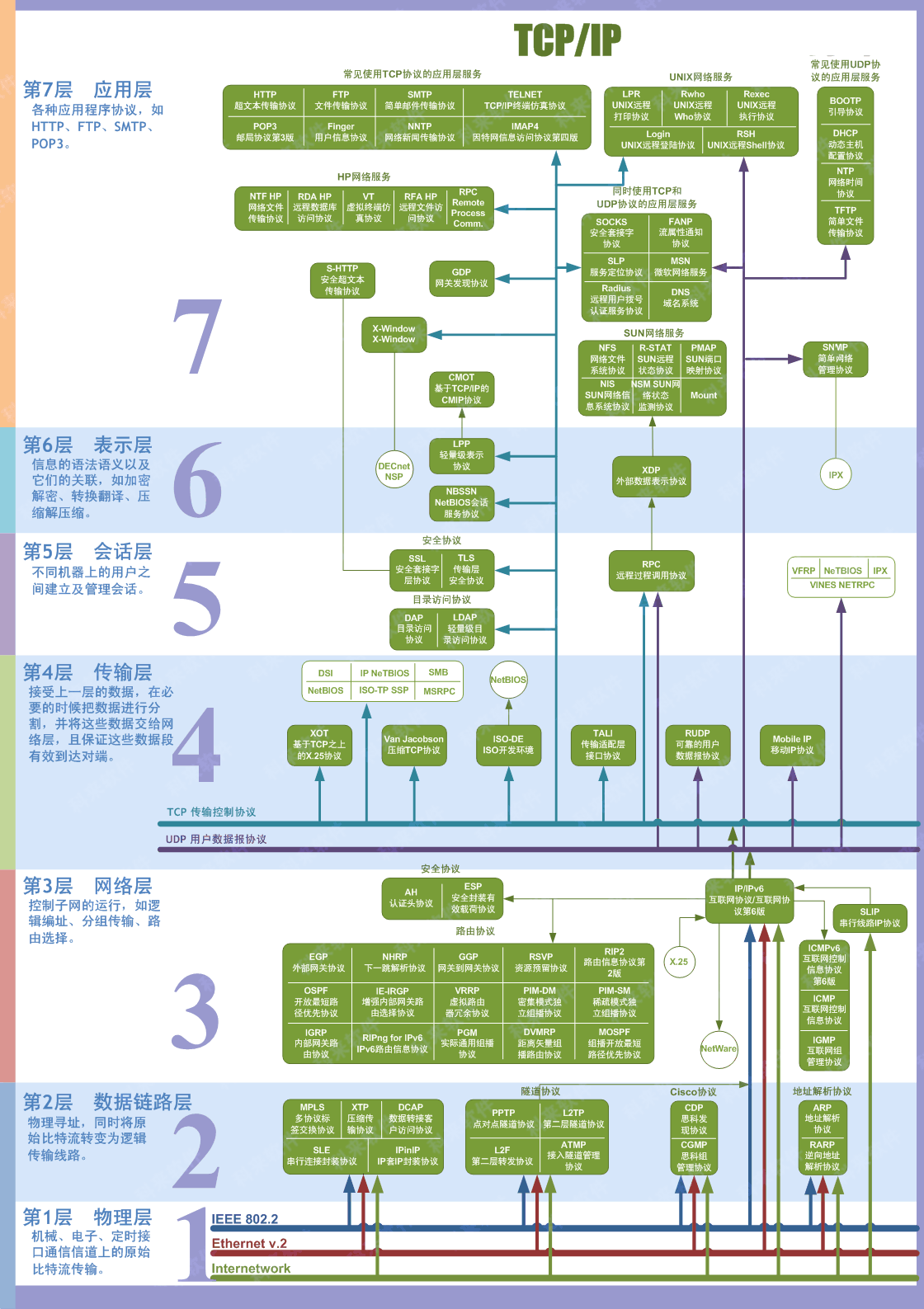(原)
这个接口主要用于判断,先看看它的实现,说明,再给个例子。
/*
* Copyright (c) 2010, 2013, Oracle and/or its affiliates. All rights reserved.
* ORACLE PROPRIETARY/CONFIDENTIAL. Use is subject to license terms.
*/
package java.util.function;
import java.util.Objects;
/**
* Represents a predicate (boolean-valued function) of one argument.
* 根据一个参数代表了一个基于boolean类型的断言
*
This is a functional interface
* whose functional method is {@link #test(Object)}.
*这是一个函数式接口,它的函数方法是test
* @param the type of the input to the predicate
*根据输入类型得到一个断言
* @since 1.8
*/
@FunctionalInterface
public interface Predicate {
/**
* Evaluates this predicate on the given argument.
*根据给定的参数获得判断的结果
* @param t the input argument
* @return {@code true} if the input argument matches the predicate,
* otherwise {@code false}
*/
boolean test(T t);
/**
* Returns a composed predicate that represents a short-circuiting logical
* AND of this predicate and another. When evaluating the composed
* predicate, if this predicate is {@code false}, then the {@code other}
* predicate is not evaluated.
* 通过这个predicate和它的参数predicate 返回一个逻辑与的判断结果,
*当去计算这个复合的predicate时,如果当前的predicate 结果是false,那么就不会计算它的参数other的值。
*
Any exceptions thrown during evaluation of either predicate are relayed
* to the caller; if evaluation of this predicate throws an exception, the
* {@code other} predicate will not be evaluated.
*如果这二个其中任何一个抛出异常,具体的处理交给调用的人,如果抛出了异常,它将不会被执行。
* @param other a predicate that will be logically-ANDed with this
* predicate
* @return a composed predicate that represents the short-circuiting logical
* AND of this predicate and the {@code other} predicate
* @throws NullPointerException if other is null
*/
default Predicate and(Predicate super T> other) {
Objects.requireNonNull(other);
return (t) -> test(t) && other.test(t);
}
/**
* Returns a predicate that represents the logical negation of this
* predicate.
* 返回一个predicate 代表了这个predicate的逻辑非
* @return a predicate that represents the logical negation of this
* predicate
*/
default Predicate negate() {
return (t) -> !test(t);
}
/**
* Returns a composed predicate that represents a short-circuiting logical
* OR of this predicate and another. When evaluating the composed
* predicate, if this predicate is {@code true}, then the {@code other}
* predicate is not evaluated.
*通过这个predicate和它的参数predicate 返回一个逻辑或的判断结果,
当计算这个组合的predicate,如果这个predicate是true ,那么它的参数other将不会计算
*
Any exceptions thrown during evaluation of either predicate are relayed
* to the caller; if evaluation of this predicate throws an exception, the
* {@code other} predicate will not be evaluated.
*如果这二个其中任何一个抛出异常,具体的处理交给调用的人,如果抛出了异常,它将不会被执行。
* @param other a predicate that will be logically-ORed with this
* predicate
* @return a composed predicate that represents the short-circuiting logical
* OR of this predicate and the {@code other} predicate
* @throws NullPointerException if other is null
*/
default Predicate or(Predicate super T> other) {
Objects.requireNonNull(other);
return (t) -> test(t) || other.test(t);
}
/**
* Returns a predicate that tests if two arguments are equal according
* to {@link Objects#equals(Object, Object)}.
*如果二个参数机等的话,根据Objects#equals(Object, Object)返回一个断言的结果
* @param the type of arguments to the predicate
* @param targetRef the object reference with which to compare for equality,
* which may be {@code null}
* @return a predicate that tests if two arguments are equal according
* to {@link Objects#equals(Object, Object)}
*/
static Predicate isEqual(Object targetRef) {
return (null == targetRef)
? Objects::isNull
: object -> targetRef.equals(object);
}
}
这里其实慢慢看它的doc文档,还真没有直接看它的实现来的快。无非就是一个判断的函数式接口,主要做逻辑与或非的判断,其中还有一个静态方法,其实现是这样的:
return (null == targetRef)
? Objects::isNull
: object -> targetRef.equals(object);
null == targetRef这个就不说了,因为它的返回结果是predicate,所以Objects::isNull必需是predicate的实例,它代表了一个方法的引用,为什么它符合这个函数式接口的唯一抽象方法boolean test(T t);这个呢?我们进去看下它的实现。
public static boolean isNull(Object obj) {
return obj == null;
}
这是一个静态的方法引用,接收一个Object类型的参数,返回一个boolean类型,这完全附合这个函数式接口的boolean test(T t);抽象方法,那么编译器就会认为它是predicate这个函数式接口的一个实现。
下面给出一个例子,看下怎么使用的,结果我就不分析了。
package com.demo.jdk8;
import java.util.Arrays;
import java.util.List;
import java.util.function.Predicate;
public class Test4 {
public static void main(String[] args) {
Predicate p = s -> s.length() > 3;
System.out.println(p.test("hello"));
List list = Arrays.asList(1,2,3,4,5,6,7,8);
System.out.println("part1------------------");
findOdd(list);
System.out.println("part2------------------");
conditionFilter(list, ppp -> ppp % 2 == 1);
System.out.println("part3------------------");
and(list, p1 -> p1 > 3, p2 -> p2 < 7);
System.out.println("part4------------------");
or(list, p1 -> p1 > 3, p2 -> p2 % 2 == 1);
System.out.println("part5------------------");
negate(list, p1 -> p1 > 3);
System.out.println("part6------------------");
System.out.println(isEqual("abc").test("abcd"));
}
//找到集合中的奇数
public static void findOdd(List list){
for (int i = 0; i < list.size(); i++) {
if(list.get(i) % 2 == 1){
System.out.println(list.get(i));
}
}
}
public static void conditionFilter(List list,Predicate p){
for (int i = 0; i < list.size(); i++) {
if(p.test(list.get(i))){
System.out.println(list.get(i));
}
}
}
public static void and(List list,Predicate p1,Predicate p2){
for (int i = 0; i < list.size(); i++) {
if(p1.and(p2).test(list.get(i))){
System.out.println(list.get(i));
}
}
}
public static void or(List list,Predicate p1,Predicate p2){
for (int i = 0; i < list.size(); i++) {
if(p1.or(p2).test(list.get(i))){
System.out.println(list.get(i));
}
}
}
public static void negate(List list,Predicate p1){
for (int i = 0; i < list.size(); i++) {
if(p1.negate().test(list.get(i))){
System.out.println(list.get(i));
}
}
}
public static Predicate isEqual(Object obj){
return Predicate.isEqual(obj);
}
}





